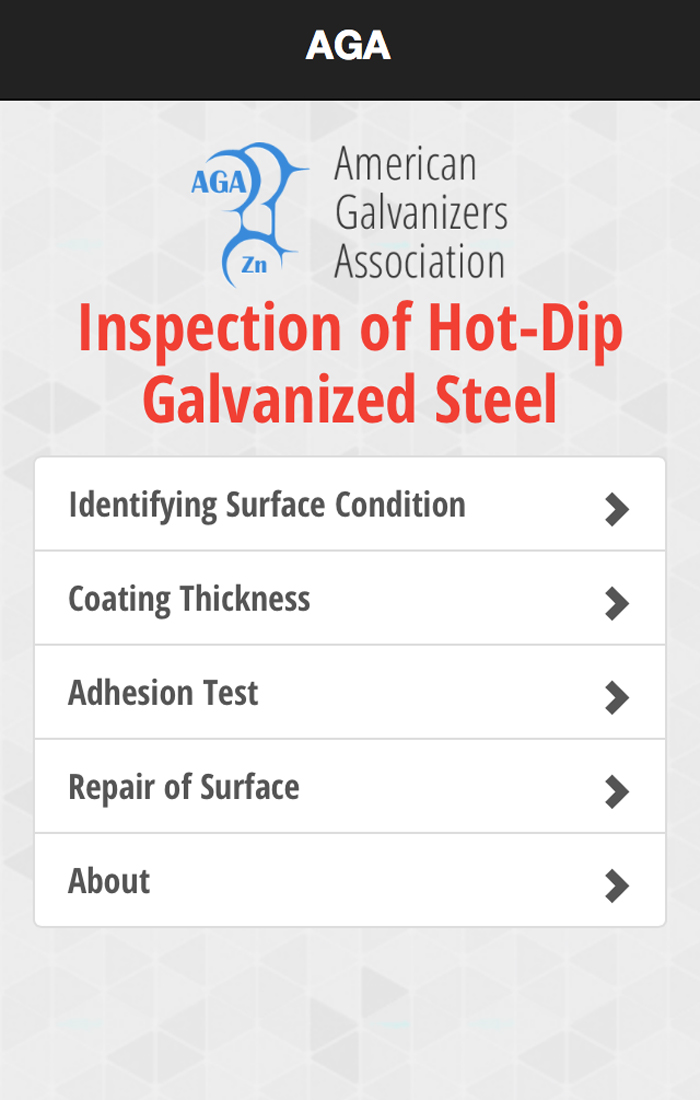Additional Tests
Every hot-dip galvanized steel part is inspected for coating thickness and visually for appearance and finish. However, there are a few additional tests that may be conducted on certain types of parts or when there is a question or concern about a specific item.
Adherence Test
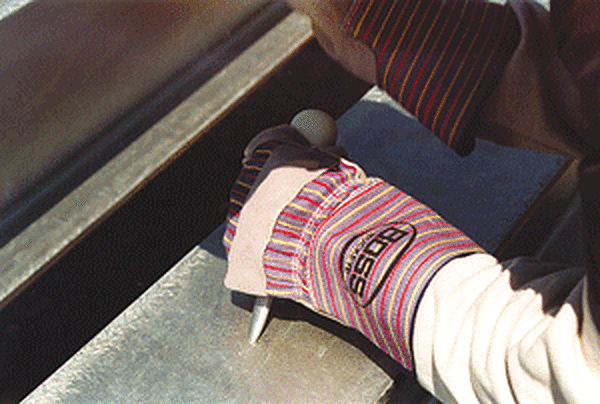
Testing zinc coating adherence is achieved using a stout knife and smoothly running it along the surface of the steel without whittling and gouging, as detailed in the ASTM specifications A123/A123M and A153/A153M. The knife should put a slight mark in the zinc metal surface, but should not cause any flaking or delamination of the layers. Paring or whittling with the knife is not acceptable, and the test should not be performed on corners or edges of the product. Because flaking or peeling of the zinc coating is usually quite obvious and uncommon, the stout knife test, which is a referee test, is rarely performed.
Embrittlement Test
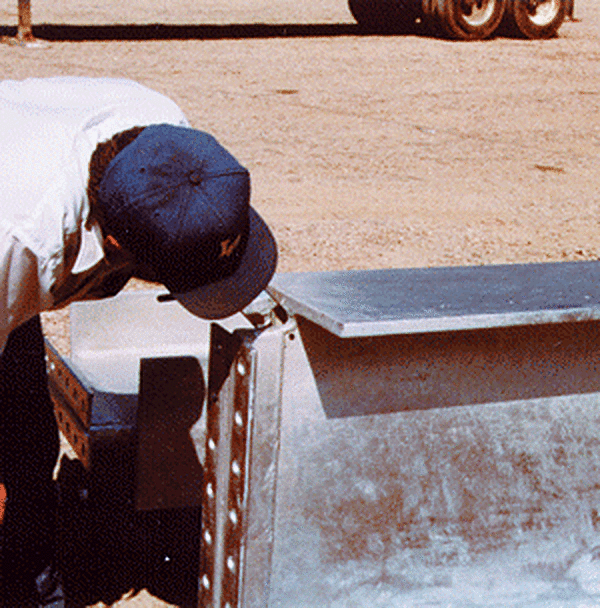
When there is suspicion of potential embrittlement of a product, it may be necessary to test a small group of the products to measure the ductility according to the protocol in the specification ASTM A143/A143M. These tests are usually destructive to the zinc coating and possibly to the product as well. Depending on the service conditions the product will be exposed to, one of three embrittlement tests - similar bend radius test, sharp blow test, and steel angle test - may need to be performed. The embrittlement test uses a known force to provide a stress that should be lower than the yield stress of the part. If there is a fracture or permanent damage created during the testing process, the parts must be rejected.
Bending Test for Reinforcing Steel
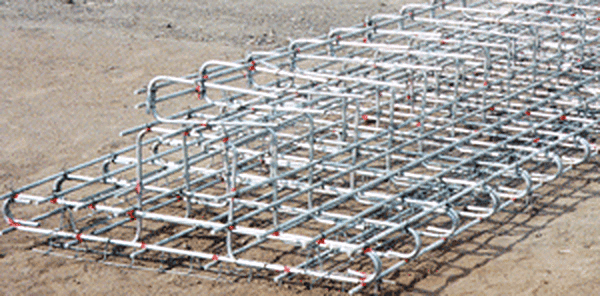
Peeling and flaking that occurs to the coating when bending rebar after galvanizing is not a cause for rejection and may be repaired. Bend tests on steel fabrications are only to test for embrittlement. The recommended bend radius is 3x the section thickness. There are various tests used to assess the ductility of steel when subjected to bending. One test may include the determination of the minimum radius or diameter required to make a satisfactory bend. Another test may include the number of repeated bends the material can withstand without failure when it is bent through a given angle and over a definite radius.
Rebar is commonly bent prior to the hot-dip galvanizing process. Steel reinforcing bars bent cold prior to hot-dip galvanizing should be fabricated to a bend diameter equal to or greater than the specified value in ASTM A767/A767M. However, steel reinforcing bars can be bent to diameters tighter than the specified values if they are stress relieved at a temperature of 900 to 1050 F (480 to 560 C) for one hour per inch (25mm) of diameter.
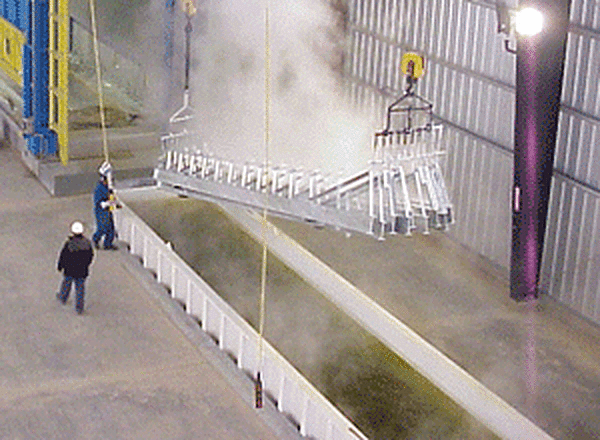
Passivation Testing
The specification to determine the presence of chromate on zinc surfaces is ASTM B201. This test involves placing drops of a lead acetate solution on the surface of the product, waiting 5 seconds, and then blotting it gently. If this solution creates a dark deposit or black stain, there is unpassivated zinc present. A clear result indicates the presence of a passivation coating.

